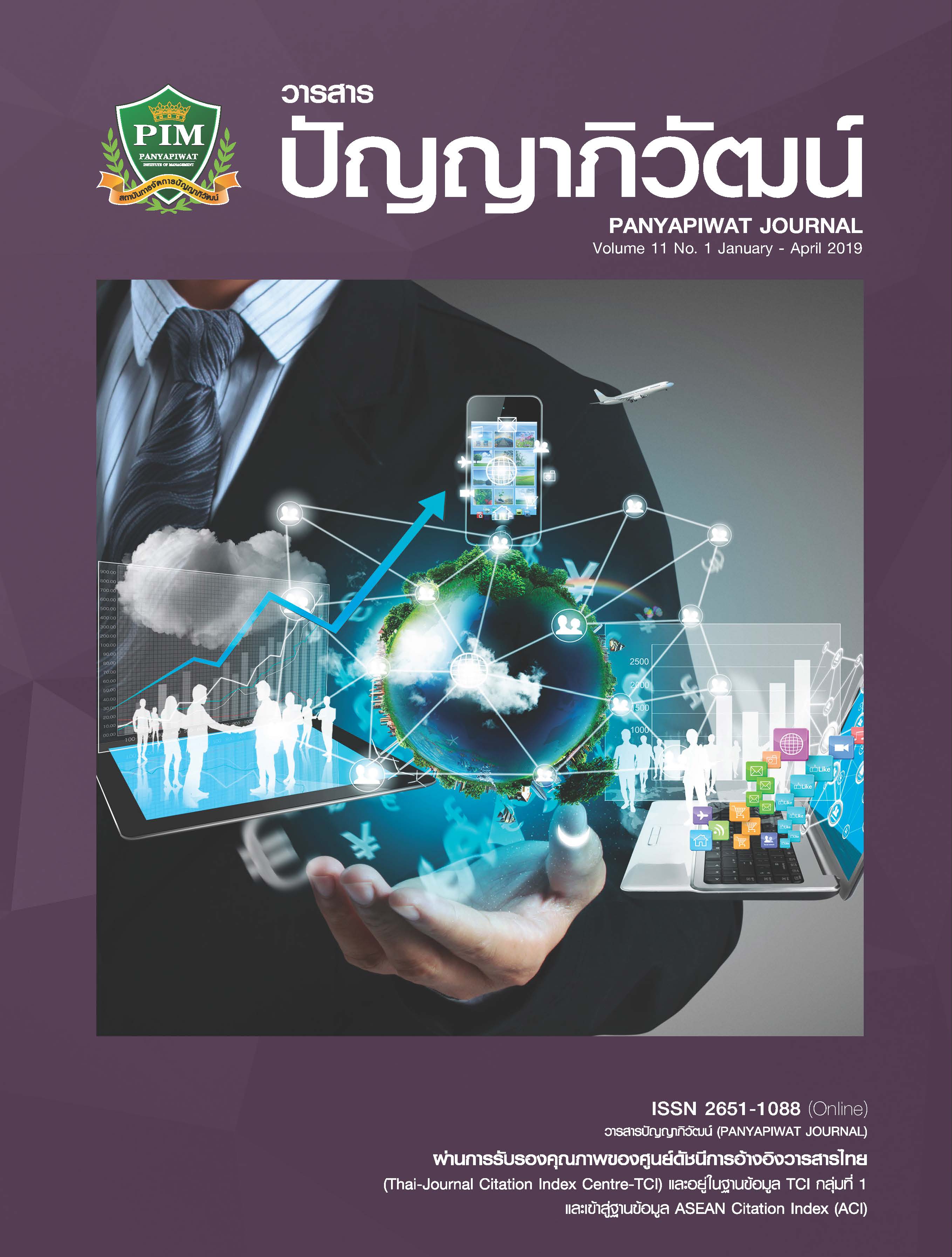FRAME CONSTRUCTION AND COMPETITION: NEW MEDIA COVERAGE OF PM2.5 ISSUE IN CHINA
Main Article Content
Abstract
This research focused on new media coverage of PM2.5 to analyze the interweaving and competition of media power. News framing theory and the empirical method were adopted to analyze the contents of Xinhua Net, The Paper.cn, and China Science and Technology Network
reported from June 1, 2016 to June 1, 2018. Firstly, the differences and changes of PM2.5 issue were analyzed from the theme frame. Xinhua Net’s reports mainly focused on Institution Theme, The Paper.cn focused on Event Theme, and China Science and Technology Network evenly
distributed about themes. Secondly, the leader in PM2.5 news frame was analyzed from information sources. Government officials were the main frame definers, and held the power of information dissemination. Thirdly, the study found significant differences in media discourse. Xinhua Net’s
frame emphasized National Policies and resorted to Administration. Both The Paper.cn and China Science and Technology Network reflected The Daily Life of Public and resorted to Science and Technology Governance. Finally, the analysis of frame leading, resonance and diffusion process
was carried out. The three websites followed peak-valley pattern. When the topic of PM2.5 went to the peak, they chose the relatively close reporting frame and cited the similar information sources, so as to increase the number of reports and present a peak. In the construction of PM2.5
news frame, Xinhua Net was the leader and definition provider. The Paper.cn played an important role in promoting media interaction and the resonance and diffusion of the frame, while China Science and Technology Network was in the process of follow-up on news presentation.
Article Details
I and co-author(s) certify that articles of this proposal had not yet been published and is not in the process of publication in journals or other published sources. I and co-author accept the rules of the manuscript consideration. Both agree that the editors have the right to consider and make recommendations to the appropriate source. With this rights offering articles that have been published to Panyapiwat Institute of Management. If there is a claim of copyright infringement on the part of the text or graphics that appear in the article. I and co-author(s) agree on sole responsibility.
References
Bourdieu, P. (1991). Language and Symbolic Power. Cambridge, Mass: Harvard University Press.
de Vreese, C. H. (2005). News framing: Theory and typology. Information Design Journal + Document Design, 13(1), 51-62.
Dispensa, J. M. & Brulle, R. J. (2003). Media’s Social Construction of Environmental Issues: Focus on Global Warming- A Comparative Study. The International Journal of Sociology and Social Policy, 23(10), 74-105.
Entman, R. M. (1993). Framing: Toward clarifcation of a fractured paradigm. Journal of Communication, 43(4), 51-58.
Entman, R. M. (2007). Framing Bias: Media in the Distribution of Power. Journal of Communication, 57, 163-173.
Gitlin, T. (2003). Media Unlimited: How the Torrent of Images and Sounds Overwhelms Our Lives. New York: Henry Holt and Company.
Goffman, E. (1974). Framing Analysis: An essay on the Organization of Experience. Philadelphia: University of Pennsylvania Press.
Jin, P. (2014). Daily Environmental Struggle in Social Media: Taking the Construction of New PM2.5 Protest Plays as an Example. Journal of Anhui University, 4, 151-156. [in Chinese]
Liu, T. (2017). PM2.5, Knowledge Production and Hierarchical Criticism of Ideographs: a Rhetorical Approach to the Study of the History of Ideas. International Press, 39(6), 63-86. [in Chinese]
Pan, Z. D. (2006). Structural Analysis: a Field in Need of Theoretical Clarifcation. Journal of Communication and Society, 1, 17-46. [in Chinese]
Semetko, H. A. & Valkenburg, P. M. (2000). Framing European politics: A content analysis of press and television news. Journal of Communication, 50(2), 93-109.
Sparks, C. (1992). Popular Journalism: Theories and Practice. In Peter Dahlgren and Colin Sparks. (Eds.). Journalism and Popular Culture. London: Sage.
Wu, M. (2014). Media Construction Research on Environmental Issues. The Doctoral Dissertation, Zhengzhou University. [in Chinese]
Xu, J. H. (2012). Online News Reports of Air Quality Issues in Beijing. Telematics and Infronatics, 29, 409-417. [in Chinese]
Zeng, F., Dai, J. & Zheng, J. (2013). Frames Contest, Resonation and Diffusion: An Analysis on News Coverage of PM2.5 Issue. International Press, 35(8), 96-108. [in Chinese]
Zhuang, J. (2014). Media Presentation of Haze Reports: Taking People’s Daily, Southern Metropolis Daily and New Century as Examples. Journal of Graduate Students of Central China Normal University, 12, 122-124. [in Chinese]


